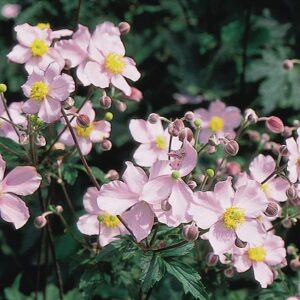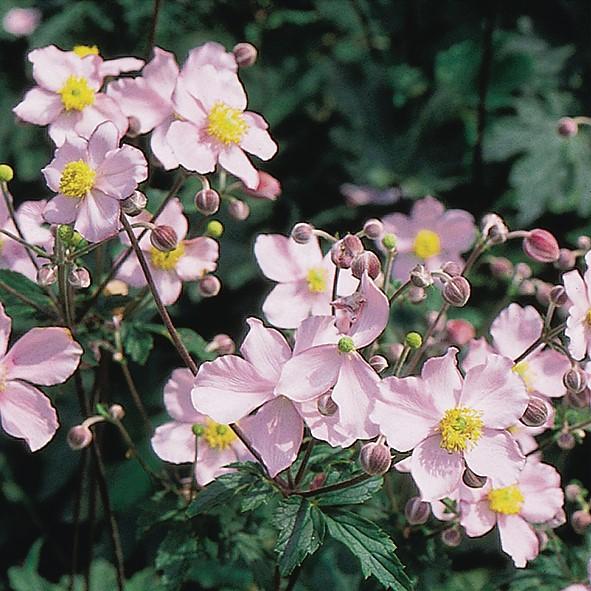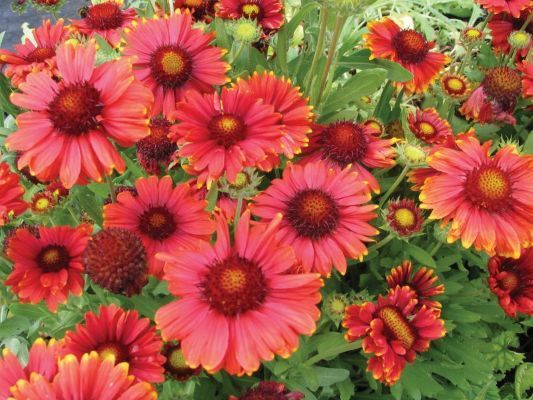Description
 Anemone tomentosa ‘Robustissima’
Anemone tomentosa ‘Robustissima’
Grapeleaf Anemone
USDA Zone: 3-9
This is the easiest to grow, and hardiest of all the fall-blooming Anemone, with a vigorous, spreading habit and reliable late-summer display. Plants form a low mound of grape-like green leaves, with taller branching stems of soft-pink cup-shaped flowers. Divide in spring every couple of years to maintain control. Loves a rich, moist site. The fluffy seedheads have interesting winter effect. This plant needs plenty of room, and is sometimes used as a tall groundcover along ponds or streams.
Sun Exposure
Full Sun or
Partial Shade
Soil Type
Clay
Soil pH
Neutral or
Alkaline or
Acid
Soil Moisture
Average or
Moist or
Wet
Care Level
Easy
Appearance and Characteristics
Flower Colour
Deep Pink
Blooming Time
Late Summer
Early Fall
Foliage Color
Deep Green
Plant Uses & Characteristics
Accent: Good Texture/Form
Border
Containers
Cut Flower
Deer Resistant
Rabbit Resistant
Ground Cover
Massed
Waterside
Woodland
Flower Head Size
Large




Reviews
There are no reviews yet.